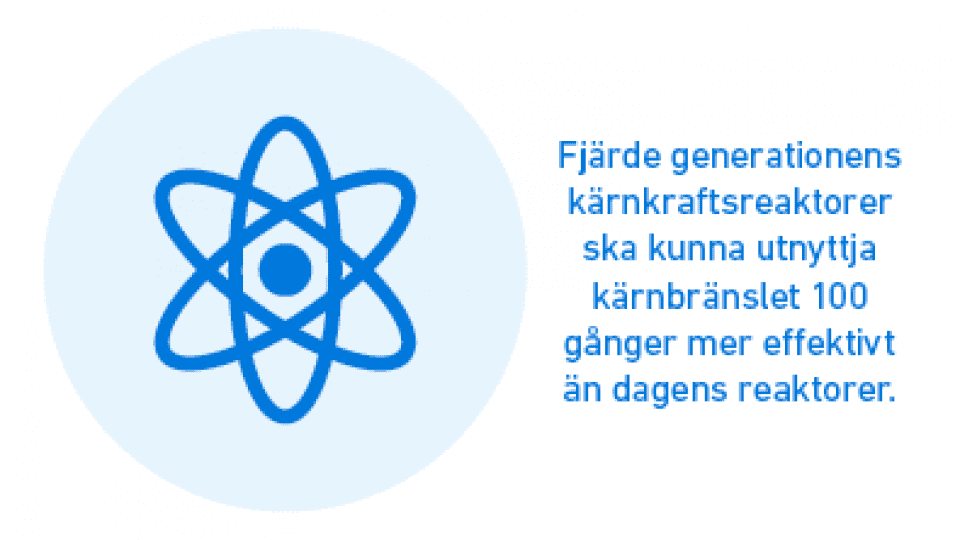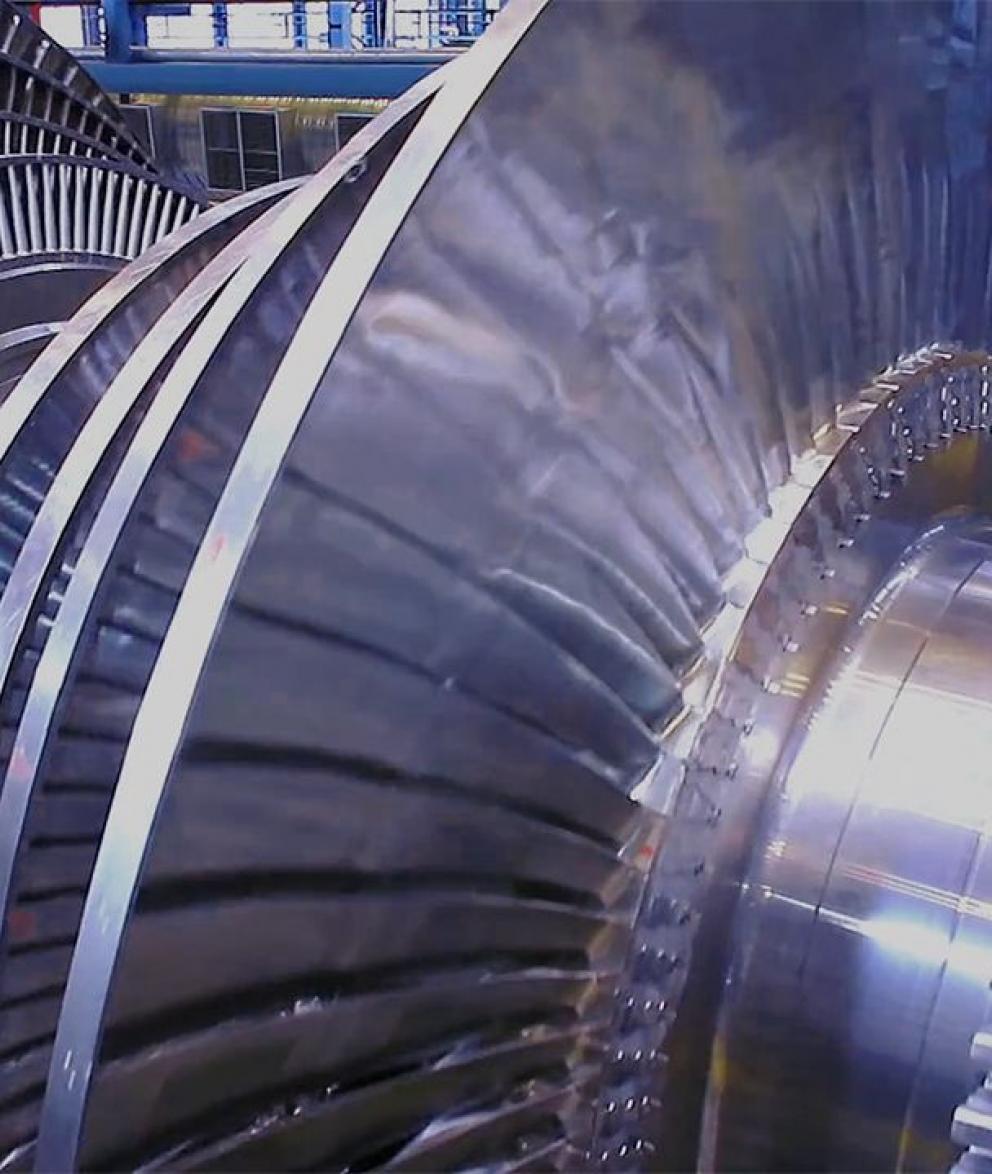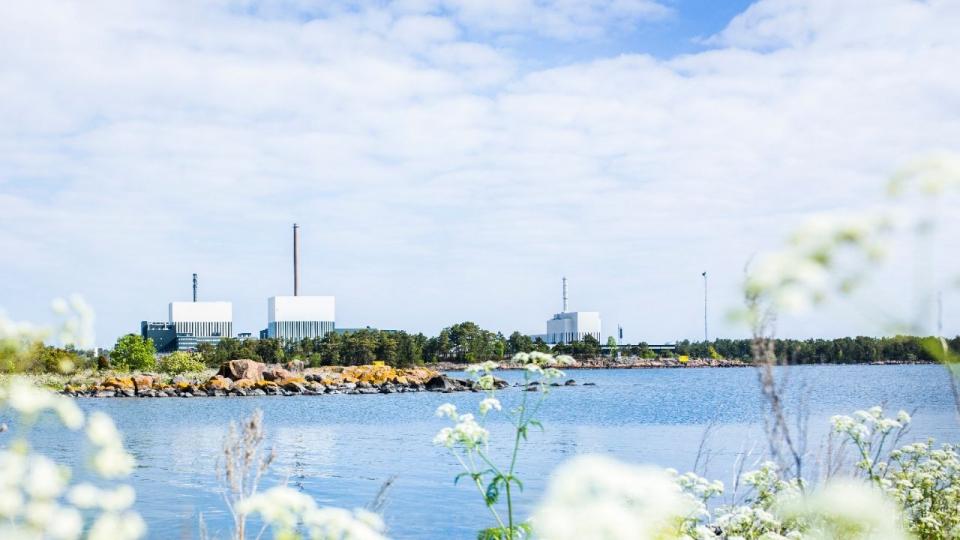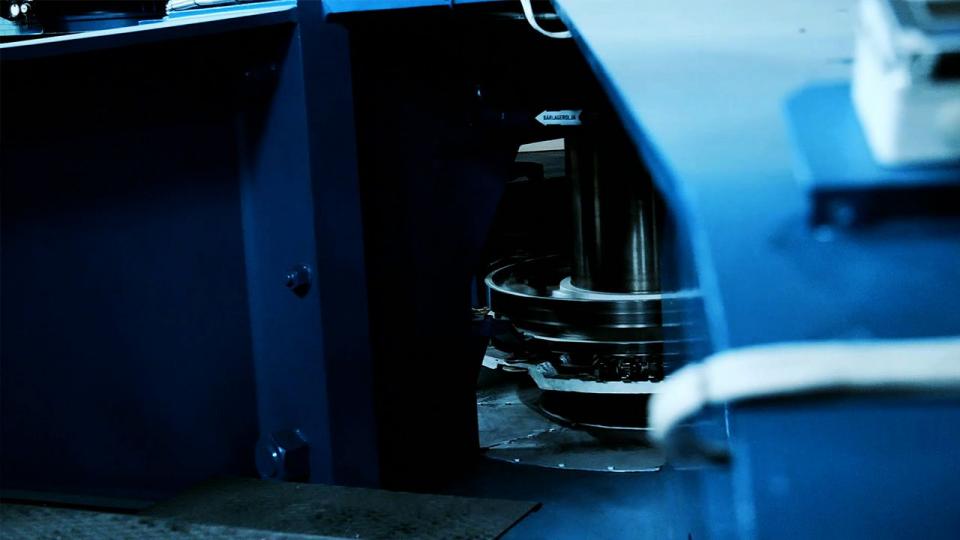Expanding nuclear power around the world
Most of the reactors currently planned are located in Asia, with quickly growing economies and a rapidly increasing need for electricity. Around 90 reactors with a total gross capacity of approximately 90 GWe are in the planning stage or already ordered, and over 300 have been proposed and could be approved in the future.
Even Japan has started to reopen its nuclear power plants. The country currently imports 90% of its energy after shutting down the nuclear power network following the Fukushima incident. Since 2015, nine reactors have been restarted and an additional 14 are in the process of applying for authorization to start again.
There is also comprehensive research and development going on within the global nuclear power industry into new forms of nuclear power that will rely on small modular reactors (SMRs) and Gen4, the next generation of nuclear power with lead-cooled reactors and where the nuclear fuel can be reused for example. Some 70 designs have already been developed around the world and in 2023, the first SMR unit was commissioned in China.
According to IPCC, the UN’s climate panel, to keep global warming under the target threshold of two degrees Celsius, 80% of the world’s electricity generation needs to be fossil-free before 2050. Analyses from the International Energy Agency (IEA) indicate that the global need for electricity will increase between 80 and 130% by 2050. More and more international organizations have come to the conclusion that fossil-free nuclear power is essential for meeting climate goals. According to estimates from the World Nuclear Association (WNA), approximately 1,000 GW of nuclear power will be needed by 2050 – more than twice the capacity that nuclear power has today.
To reduce emissions, we need to utilize nuclear power
If the world is to manage to keep global temperature rises under 2 degrees Celsius, we have very little time to do so. Fossil-based energy from coal, oil and gas must be replaced quickly. We can achieve this goal by electrifying the transport sector and all industrial processes that currently rely on fossil fuels. Sweden will then require twice as much electricity generation as today. This will not be achieved if we do not invest heavily in all forms of fossil-free power sources.
Next generation nuclear energy
Hear Janne Wallenius talk about fourth-generation nuclear power and why nuclear power has a place in the energy system of the future.
Did you know that...



Find out more
Nuclear power plays an important role in stabilizing Sweden’s electricity generation. Uniper takes total responsibility for our participation in Swedish nuclear power.
A lot has happened within nuclear power in the past decade, and many innovative projects aimed at making nuclear power an important part of the future’s fossil-free energy system are becoming a reality. One such innovation is the Small Modular Reactor, or “SMR.”
Rotational energy is the key to stability in the electricity system.



